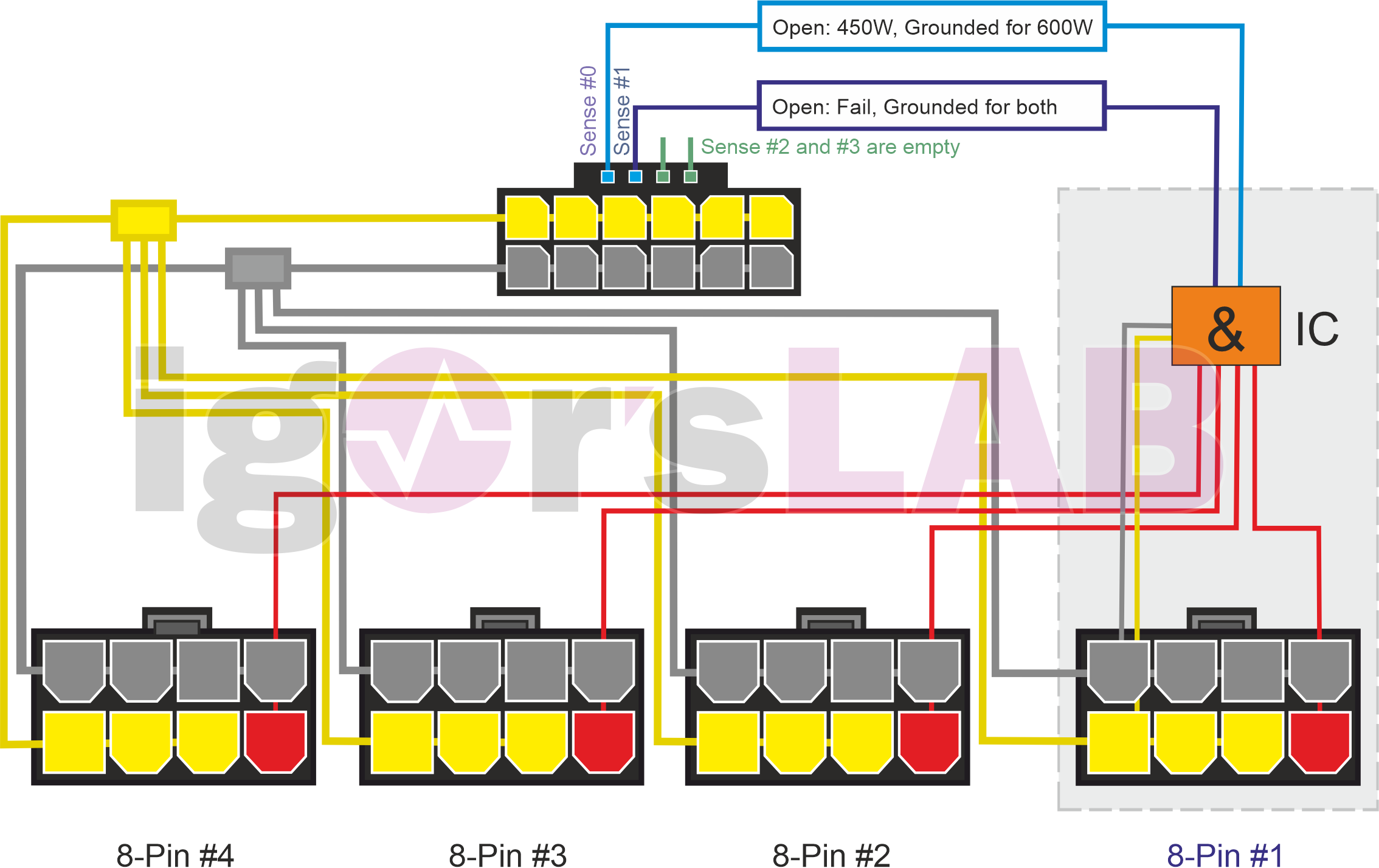But ThE cAbLeS aRe ThE sAmE!!!11!
EDIT. Then you read all cables are identical, it’s the female gpu end that’s (slightly) different.
I went over this in the thread earlier as there is conflicting info on this.
For example, Seasonic infer that the only changes made are to the female connector in their press video. Yet they also clearly say that only a H++ paired with a H++ will yield all safety benefits. The spec sheets also show that the H++ cables have a higher spec for wear and tear (designed for more connections before degrading).
My hunch - I can’t be sure - is that the technical standards of the H+ and H++ cables are
not intended to be the same and all statements that they “are the same” are a simplification / marketing misunderstanding, based on the fact that they both plug into each other and are, in many circumstances, backwards compatible. In which case, Corsair have bodged their representation of what is going on.
It’s a complete mess, because if they were absolutely identical, why would Seasonic say that H+ / H++ is suboptimum…? That wouldn’t make sense either.
Building on my speculation, a reason that Corsair may have bodged it could be to do with many of their cables not being native 12v to 12v; at the PSU side they connect into their micro pcie 8 pin sockets and these cables therefore don’t suffer from the same vulnerabilities. However, this safeguarding won’t carry over to third party native to native cables.
Whatever the answer is, we all need clarity. ASAP.






